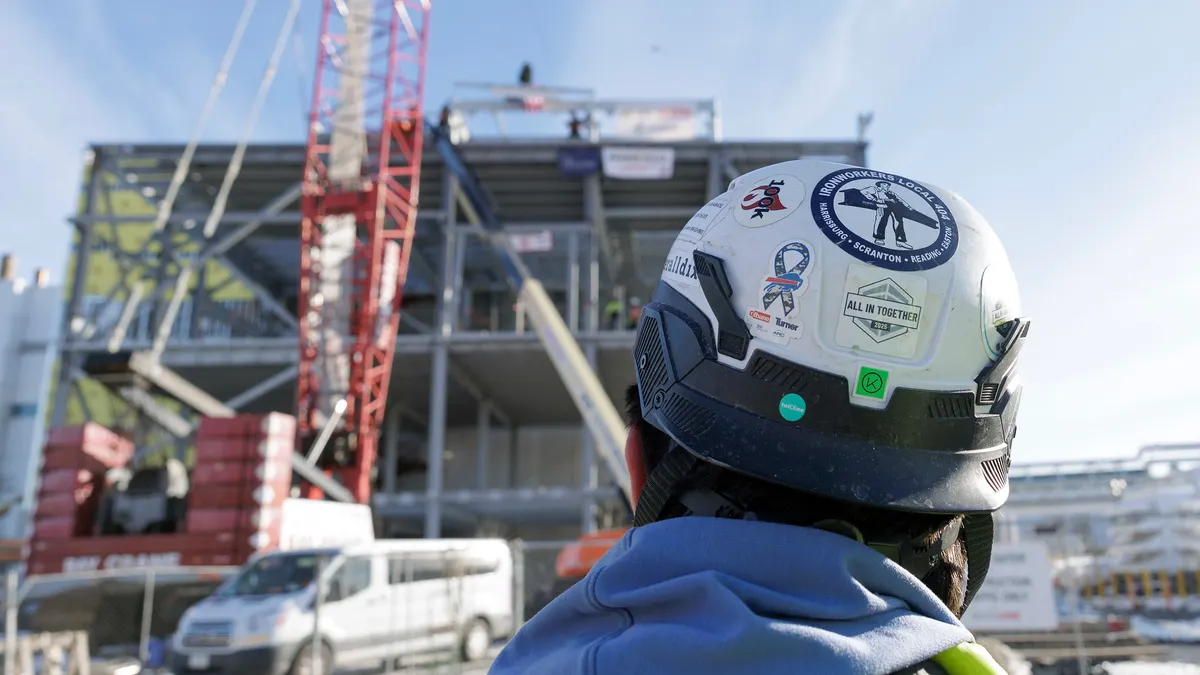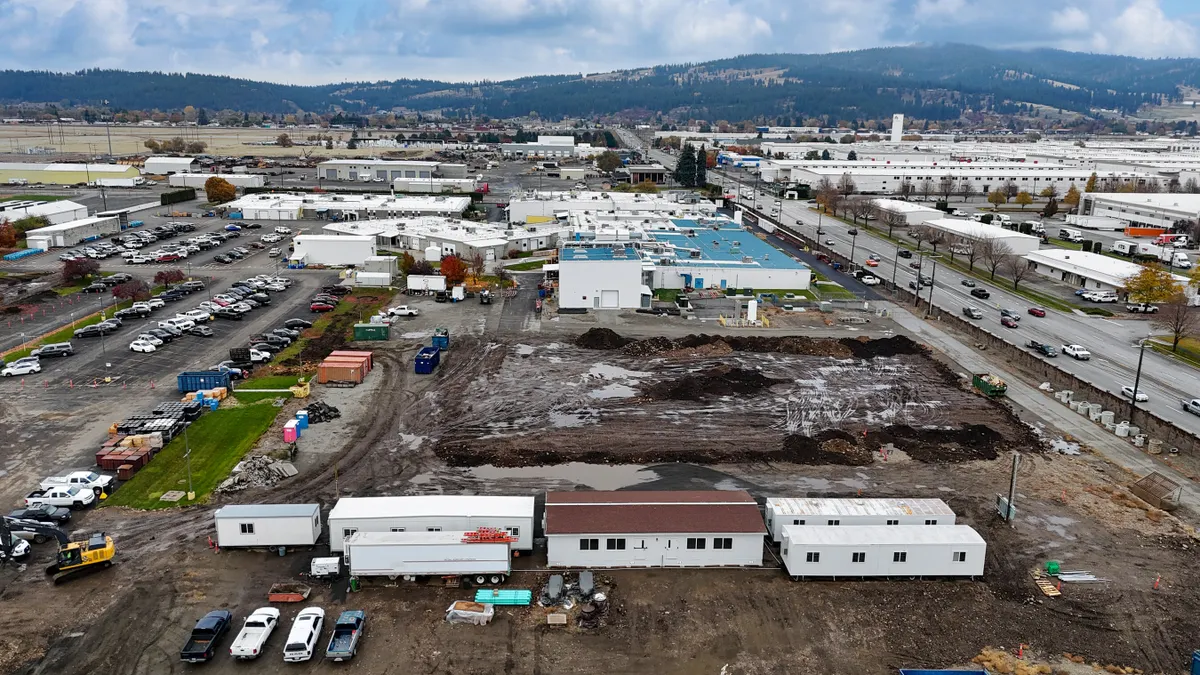Alexaida Collet is an attorney with MZLS, a San Juan, Puerto Rico-based firm serving businesses and public sector stakeholders across the Washington, D.C., metropolitan region and Puerto Rico. Opinions are the author’s own.
The Council on Environmental Quality's recent rescission of the National Environmental Policy Act Implementing Regulations signals a shift in federal permitting processes for development projects. This regulatory change, effective as of April 11, impacts environmental reviews nationwide and sets the stage for potentially streamlined development approval timelines.
While NEPA compliance remains mandatory, the framework guiding environmental reviews is changing as federal agencies either revise or develop their own implementing regulations. This transformation presents both opportunities and challenges for developers navigating the regulatory landscape.
For construction professionals and developers, these changes could affect everything from project timelines to permitting requirements for large-scale developments.

First, it’s important to clear up a common misunderstanding: The removal of NEPA Implementing Regulations does not eliminate NEPA or exempt any projects from its requirements. Projects that require federal permits or licenses, or that utilize federal funds, will still undergo environmental review. What's changing is the framework governing how those reviews are conducted.
Since 1978, CEQ's regulations have served as the master blueprint for environmental reviews across federal agencies. With their removal, each agency must now develop or revise its own implementing regulations within the next year.
The goal is to accelerate the federal permitting process and reduce regulatory burdens that have historically extended development approval timelines. President Donald Trump’s Executive Order 14154, "Unleashing American Energy," explicitly instructs agencies to "expedite and simplify the permitting process." In light of this, CEQ issued a guidance memorandum on Feb. 19 encouraging agencies to use the streamlined 2020 NEPA regulations as a starting point for their revised procedures.
This approach shows promise, particularly when coupled with the 2023 Fiscal Responsibility Act's NEPA amendments, which established stricter page limits, tighter timelines and a clearer framework for multi-agency environmental reviews whereby a lead agency oversees the process. If agencies adopt these efficiency-focused measures, the development community could eventually benefit from faster approvals and reduced regulatory burden.
However, immediate benefits seem unlikely. CEQ has instructed agencies to maintain their existing NEPA procedures during the transition and not delay ongoing environmental reviews. For projects already in the pipeline, the process will essentially look the same as it has in recent years.
More uncertainty ahead
The real test will come as agencies begin rolling out their new or revised regulations. Will they seize this opportunity to create a more efficient environmental review process? Or will the resulting regulations merely replicate the now-rescinded CEQ Implementing Regulations?
Adding to the complexity is NEPA's status as America's most litigated federal environmental statute. Each agency's new or revised regulations must undergo notice-and-comment rulemaking and may face legal challenges from various stakeholders. Agencies must create NEPA compliance frameworks that balance streamlining goals with the legal requirements for thorough environmental reviews.
For developers with multi-agency projects, there's a particular concern: Without CEQ's Implementing Regulations as a blueprint, agencies could adopt inconsistent approaches to environmental review, creating a fragmented regulatory landscape that developers will need to navigate carefully. A project requiring approvals from multiple federal bodies might face different documentation requirements, impact analysis scopes or timelines from each agency.
The administration appears aware of this risk. CEQ has established a NEPA Implementation Working Group and monthly agency coordination meetings to promote consistency. But achieving true regulatory harmony across all federal agencies presents a formidable challenge.
A recent example of how contentious this process could become emerged on April 23, when the Department of the Interior issued emergency procedures allowing energy and critical minerals projects to bypass standard NEPA timelines. Under the new directive, environmental impact statements may be completed in just 28 days and environmental assessments within two weeks, a dramatic acceleration that could expose projects to legal challenges if environmental reviews are perceived as insufficient.
While this emergency move applies specifically to DOI-managed lands, it illustrates the broader tensions agencies now face between speed and scrutiny.
The bottom line
In the short term, expect continuity while staying alert to transition developments. In the longer term, anticipate a potentially more streamlined process, but one that may vary significantly depending on the federal agencies involved in your project.
Smart developers will prepare for variations in construction permitting requirements across different federal agencies while staying engaged with regulatory streamlining initiatives. Those who closely monitor upcoming agency rulemaking processes and maintain flexibility in their permitting strategies will be best positioned to navigate the changing NEPA landscape successfully.





















